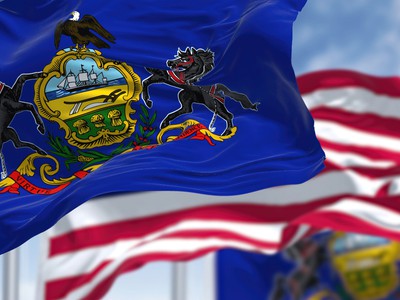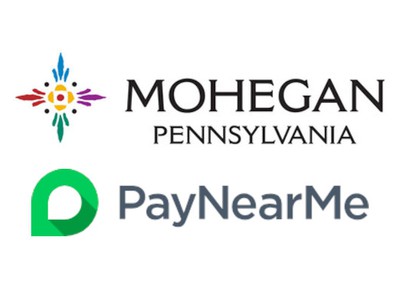Our hope is that the increased number of calls for help is an indicator that outreach messaging is working and folks experiencing issues are familiar with how to reach help.
The number of calls for problem gambling issues increased more than 25% in 2022, with record numbers coming from young adults, according to data from the Council on Compulsive Gambling of Pennsylvania (CCGP).
Intake calls to five helplines active in the state totaled 2,621 in 2022 — a 25.4% increase year-over-year (2,090), but calls have also doubled in two years (1,115). CCGP, a non-profit devoted to assisting people in Pennsylvania with gambling-related issues, said the number 1-800-GAMBLER received the lion’s share of calls in 2022, with 930.
In an exclusive with Pennsylvania Gaming Review, CCGP Executive Director Josh Ercole said several factors, including the pandemic and an increase in the number of gaming options, likely drove the increase in calls. Pennsylvania now has 18 online casinos and was recently commended for its efforts in research on the impact of interactive gaming on compulsive and problem gambling and gambling addiction in the state.
“Additionally, newer players have likely continued to increase their level of participation, which in some cases has led to problems,” Ercole said Tuesday, adding that “it’s important to consider that there is likely a much greater awareness of the 1-800-GAMBLER Helpline due to advertisements and promotions that include this info.
“Collectively, all of these reasons likely play a part in the rising numbers.”
Ercole said the upside to the increase in calls is that it indicates messaging promoting responsible gambling is making a positive impact.
“Our hope is that the increased number of calls for help is an indicator that outreach messaging is working and folks experiencing issues are familiar with how to reach help. Our goal is for everyone in Pennsylvania to be aware of the [1-800-GAMBLER] Helpline and how to access information so that assistance can be reached should problems occur.”
Internet Gambling Biggest Source for Calls
Internet and sports wagering will likely continue to be reported in significant numbers, as more younger folks continue to meet age requirements and open accounts.
CCGP data show calls for issues related to internet gambling and sports betting have been rising over the past two years. Internet calls have more than doubled since 2020, while sports betting calls have more than quadrupled.
There were 618 calls for internet gambling in 2022, up 51.8% year-over-year (407). By comparison, internet calls were up 62.6% between 2021 and 2020 (250). iGaming accounted for the most significant percentage of calls in 2022 (23.6%) — the percentage was also up from 2021 (19.5%) and 2020 (22.4%).
Meanwhile, there were 296 calls related to sports betting in 2022, up 34.5% from the year prior (220). There were just 64 calls for sports betting in 2020. Sports betting accounted for 11.2% of calls in 2022, compared to 10.5% in 2021 and just 5.7% in 2020.
“Internet and sports wagering will likely continue to be reported in significant numbers, as more younger folks continue to meet age requirements and open accounts,” Ercole said. “This is why prevention efforts and outreach programs are so important, to attempt to educate folks about some of the risks associated with gambling and to provide tools and resources to help keep problems from developing.”
Troubling Numbers Among Young Adults
The data justifies Ercole’s worry over problem gambling trends among young adults.
According to CCGP data, there were 566 calls for help with problem gambling issues from people aged 25 to 34 years in 2022. That represents a 21.6% increase from 2021 (468), which saw the rate climb 84.3% from 2020 (254).
“Over the past few years, we have seen more calls coming from the 25-34 demographic than ever before,” CCGP said in its report for December 2022.
Ercole added that “in addition to rising numbers of folks reaching out with problems and seeking help, the things we see as most concerning are the dramatic shifts in the demographic of callers.
“Much younger individuals than ever before continue to make up the highest percentage of callers,” he said. “When we continue to see higher rates of younger folks reaching out, and combine that with high rates of co-occurring issues (depression, substance use, etc.), the concern is that problems are beginning at a much younger age.”
Still, the percentage of calls attributed to people aged 25 to 34 continued to decline — they accounted for 21.6% of calls in 2022, down from 22.4% in 2021 and 22.8% in 2020.









